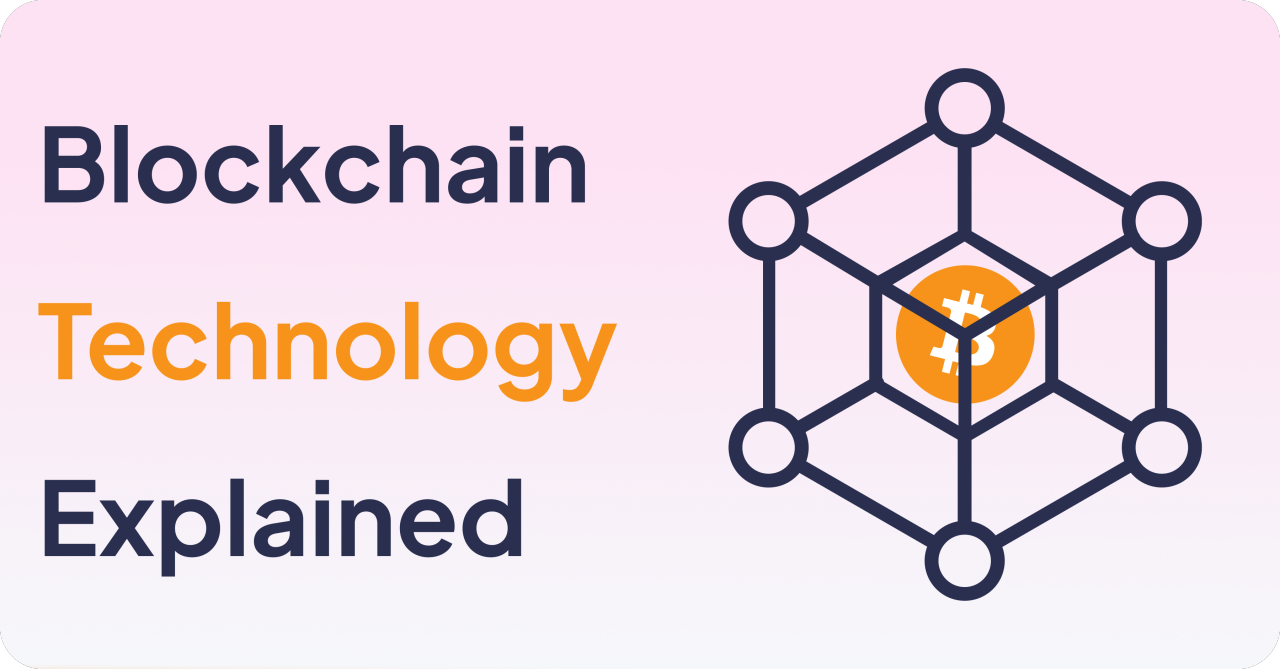The End of Jobs as We Know Them?
The wave of layoffs in big tech companies, including Google, Amazon, Meta, Microsoft, and others, has raised significant concerns about the stability of the job market and the future of work. In 2023, tech companies laid off 6% to 13% of their workforce, with some companies, such as X (formerly Twitter), cutting as much as half of their employees. The trend has continued into 2024, with Amazon, Google, and X announcing new rounds of layoffs. This has led to a significant disruption in the two decades of growth in big tech, prompting a shift in the conversation toward stability and a focus on fulfilling more international contracts.
Tech companies are not immune to the challenges posed by the evolving landscape. While the pandemic acted as a catalyst, technological advancements, automation, and shifting consumer preferences have played a role in reshaping the industry. The current layoffs in big tech are reflective of a broader transformation occurring within the sector.
Layoff Landscape:
The latest announcements from Citibank to lay off 20,000 employees, Google to cut of 30,000 jobs, and Amazon's substantial downsizing have sent shockwaves through the business world. These numbers, coupled with layoffs in companies spanning startups to industry giants, indicate a broad-scale restructuring that goes beyond individual corporate strategies. The sheer volume of job losses raises concerns about the overall health of the global economy and points to deeper systemic issues.
The impact of these layoffs goes beyond the immediate loss of jobs. Research has shown that layoffs have detrimental long-term effects on both individuals and companies, including the destruction of trust, bad publicity, loss of knowledge, weakened engagement, higher voluntary turnover, and lower innovation. The widespread nature of the layoffs is evident from the full list of major US companies slashing staff in 2023, which includes names like Hasbro, Dow Inc., and General Motors.
Vulnerable Job Market:
The current job market indeed appears vulnerable, and job aspirants may need to adapt to this new reality. In the face of these challenges, it is essential for job seekers to focus on acquiring in-demand skills, staying updated with the latest industry trends, and being open to opportunities in emerging sectors. Additionally, considering the potential long-term effects of layoffs, companies need to adopt smarter and more humane approaches to workforce changes, rather than resorting to staff reductions as the fastest and easiest way to cut costs.
Several factors contribute to the current wave of layoffs, with the COVID-19 pandemic being a primary catalyst. The pandemic disrupted industries, forcing companies to adapt swiftly to remote work or, in some cases, to scale down operations. Moreover, economic uncertainties, supply chain disruptions, and changing consumer behaviors have pressured businesses to reassess their workforce requirements.
However, it's crucial to recognize that the current situation is not solely a result of the pandemic. Automation, artificial intelligence, and technological advancements have been gradually reshaping industries, rendering certain job roles obsolete. Companies are compelled to streamline operations and adopt innovative solutions to stay competitive, often resulting in job redundancies.
While the recent layoffs have sparked concerns about the future of work, it is important to view this as a potential catalyst for a new work revolution and could potentially be the beginning of the end of jobs as they stand today. The evolving landscape may lead to a reevaluation of traditional work structures, an increased focus on remote and international talent, and a greater emphasis on skills and adaptability. This could pave the way for a more dynamic and flexible approach to work, shaping the "Future of Work" in ways that were previously unforeseen.
The Future of Work:
The ongoing layoffs and the evolving nature of work signal the emergence of the "Future of Work". This paradigm shift involves a holistic reevaluation of work models, organizational structures, and employee expectations. It encompasses not only technological advancements but also a reimagining of workplace culture, leadership styles, and the employer-employee relationship.
The Future of Work is characterized by agility, adaptability, and a focus on skills over traditional job roles. Companies are likely to prioritize employees who can contribute to innovation, problem-solving, and collaboration, irrespective of their physical location. Remote work, gig economy participation, and project-based employment are becoming integral components of this new work philosophy.
For job aspirants navigating this uncertain landscape, embracing a proactive and strategic approach is essential. Here are key considerations for individuals looking to thrive in the evolving job market:
- Continuous Learning: Invest in acquiring new skills and staying updated on industry trends. Online courses, certifications, and workshops can provide valuable knowledge and enhance your marketability.
- Adaptability: Cultivate a mindset of adaptability and flexibility. The ability to pivot and learn quickly in response to changing circumstances is a valuable trait in the Future of Work.
- Networking: Build and maintain a robust professional network. Networking can open doors to opportunities, provide insights into industry trends, and offer support during challenging times.
- Tech Literacy: Develop proficiency in digital tools and technologies relevant to your field. Tech literacy is increasingly becoming a fundamental requirement across various industries.
- Entrepreneurial Mindset: Consider adopting an entrepreneurial mindset, even within traditional employment settings. The ability to identify opportunities, take initiative, and contribute innovative ideas is highly valued.
- Remote Work Skills: Hone skills related to effective communication, collaboration, and productivity in a remote work environment. These skills will be crucial as remote work continues to shape the Future of Work.
Talent Cloud - A Borderless Approach to Agile Workforce Management:
The paradigm shift in the work is giving rise to Talent Cloud, a borderless approach to workforce management that allows companies to keep core teams in-house while tapping into on-demand talent as needed. This transformative concept aims to eliminate the culture of hire and fire, fostering a more agile and sustainable work environment.
Talent Cloud represents a departure from traditional hiring practices by offering companies a dynamic and scalable workforce solution. In this model, businesses maintain a core team of in-house employees who handle essential functions, while additional talent is sourced on-demand from a global pool of skilled professionals. This borderless talent strategy provides companies with the agility needed to adapt to changing market demands without resorting to abrupt staff reductions.
The Demise of Hire & Fire Culture:
One of the key advantages of adopting Talent Cloud is the elimination of the hire and fire culture that has plagued traditional employment models. Rather than making large-scale layoffs during downturns or market shifts, companies utilizing Talent Cloud can scale their workforce up or down seamlessly, matching their needs to the ebb and flow of business demands. This approach fosters a more sustainable and employee-friendly work environment, promoting stability and trust within the organization.
The core tenet of Talent Cloud is flexibility. Companies can quickly adapt to market changes, project demands, or unforeseen circumstances by tapping into a diverse and skilled pool of on-demand talent. This agility enables businesses to optimize costs, enhance efficiency, and maintain a competitive edge in an ever-changing global marketplace.
The advent of remote work, accelerated by the COVID-19 pandemic, has synergized with the concept of Talent Cloud. The ability to access talent globally, irrespective of geographical boundaries, allows companies to build diverse teams with varied skill sets. This borderless talent approach promotes a rich exchange of ideas, cultural diversity, and a global perspective within the organization.
The End of Jobs as We Know Them:
As companies increasingly embrace Talent Cloud, we witness the beginning of the end of jobs as they stand today. The rigid structures of traditional employment, with fixed roles and responsibilities, are replaced by a more fluid and dynamic approach. Job roles become less about fixed positions and more about assembling the right mix of skills for specific projects or tasks.
The future of work is undoubtedly borderless, with Talent Cloud paving the way for a more interconnected and agile global workforce. This approach encourages companies to view talent as a fluid resource, allowing them to assemble teams based on expertise rather than proximity. As businesses continue to navigate the uncertainties of the modern economy, the borderless model becomes a strategic imperative for sustained growth and competitiveness.
Conclusion:
Talent Cloud represents a revolutionary approach to workforce management, offering companies the flexibility to build and scale teams dynamically. By embracing a borderless talent strategy, organizations can break free from the shackles of the hire and fire culture, fostering a more stable, agile, and sustainable work environment. As we witness the beginning of the end of traditional job structures, the future of work is being shaped by innovative concepts like Talent Cloud, ushering in an era of unprecedented adaptability and global collaboration.




